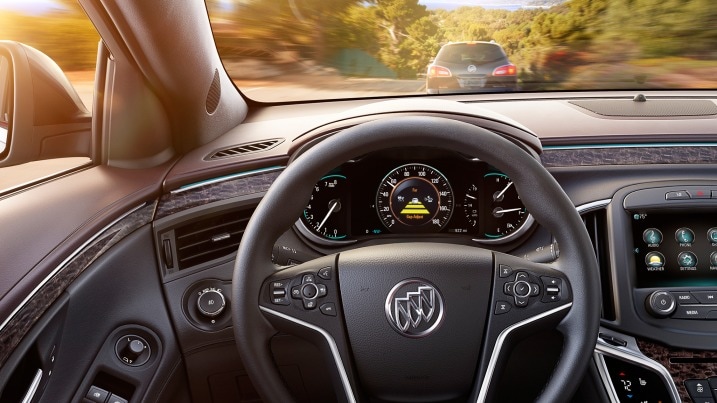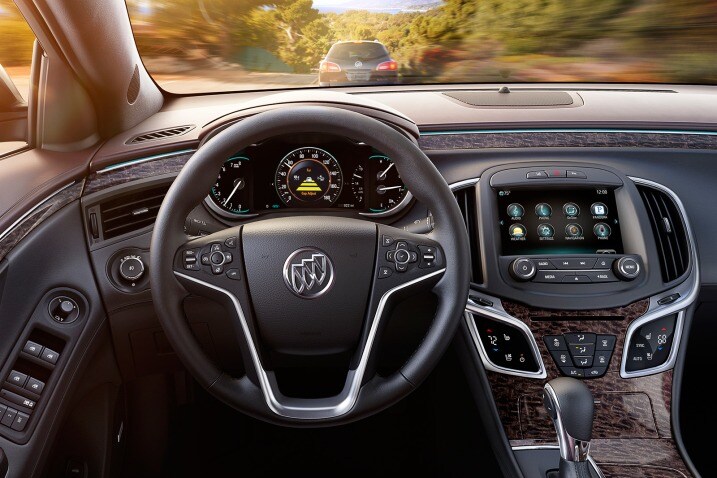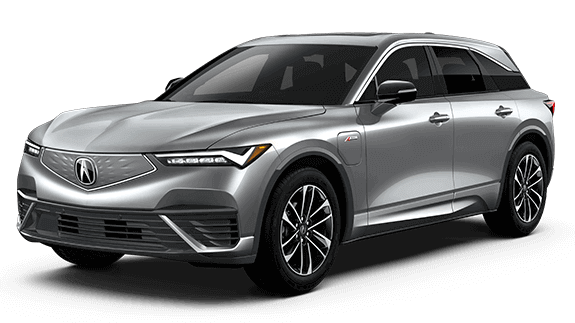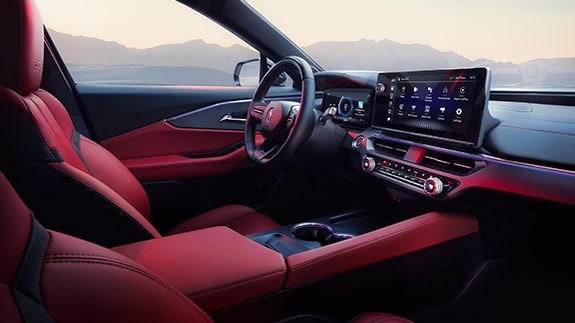If you haven't purchased a car in a number of years, you might think buying new is the only way to experience modern car technology. But if you buy a used car in the two- to three-year "sweet spot," you might be surprised by the technology that is available. For this story, the term "car technology" includes comfort and convenience features (dual-zone climate control), safety tech (blind-spot monitoring) and infotainment (Bluetooth audio).
Car technology has an interesting life cycle in a vehicle. When a car is new, the technology is cutting-edge and adds to the appeal of the new purchase. Carmakers often bundle the features in expensive packages or make them available on higher trim levels, which elevates the price. However, the value of such ample optional content quickly drops and often increases the rate of depreciation, says Joe Spina, director of remarketing for Edmunds.com. That means used car shoppers pay less for car tech than new car shoppers.



 by
by 
